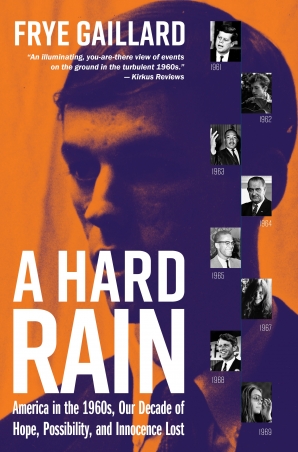The Bricks before Brown
The Chinese American, Native American, and Mexican Americans' Struggle for Educational Equality
Title Details
Pages: 226
Illustrations: 25 b&w images
Trim size: 6.000in x 9.000in
Formats
Paperback
Pub Date: 08/01/2022
ISBN: 9-780-8203-6203-8
List Price: $27.95
Hardcover
Pub Date: 08/01/2022
ISBN: 9-780-8203-6202-1
List Price: $120.95
eBook
Pub Date: 08/01/2022
ISBN: 9-780-8203-6204-5
List Price: $27.95
eBook
Pub Date: 08/01/2022
ISBN: 9-780-8203-6871-9
List Price: $27.95
Related Subjects
POLITICAL SCIENCE / Civil Rights
SOCIAL SCIENCE / Discrimination & Race Relations
The Bricks before Brown
The Chinese American, Native American, and Mexican Americans' Struggle for Educational Equality
A look at the diverse history of litigation that preceded Brown v. Board of Education
Skip to
- Description
- Reviews
In 1954 the U.S. Supreme Court ruled that state laws establishing racial segregation are unconstitutional, declaring “separate is inherently unequal.” Known as a seminal Supreme Court case and civil rights victory, Brown v. Board of Education resulted from many legal battles that predicated its existence. Marisela Martinez-Cola writes about the many important cases that led to the culmination of Brown. She reveals that the road to Brown is lined with “bricks” representing at least one hundred other families who legally challenged segregated schooling in state and federal courts across the country, eleven of which involved Chinese American, Native American, and Mexican American plaintiffs.
By revealing the significance of Chinese American, Native American, and Mexican American segregation cases, Martinez-Cola provides an opportunity for an increasingly diverse America to be fully invested in the complete grand narrative of the civil rights movement. To illustrate the evolution of these cases, she focuses on three court cases from California, including these stories as part of the “long civil rights movement,” and thus expands our understanding of the scope of that movement along racial, gender, and class lines. Comparing and discussing the meaning of the other court cases that led to the Brown decision strengthens the standing of Brown while revealing all the twists and turns inherent in the struggle for equality.
—Doris Marie Provine, author of Unequal under Law: Race in the War on Drugs
—Tanya Maria Golash-Boza, author of Race and Racisms: A Critical Approach
—Trisha Douin, Melanie Jones Gast, and John Broadus, Sage Journals: Sociology of Race and Ethnicity



